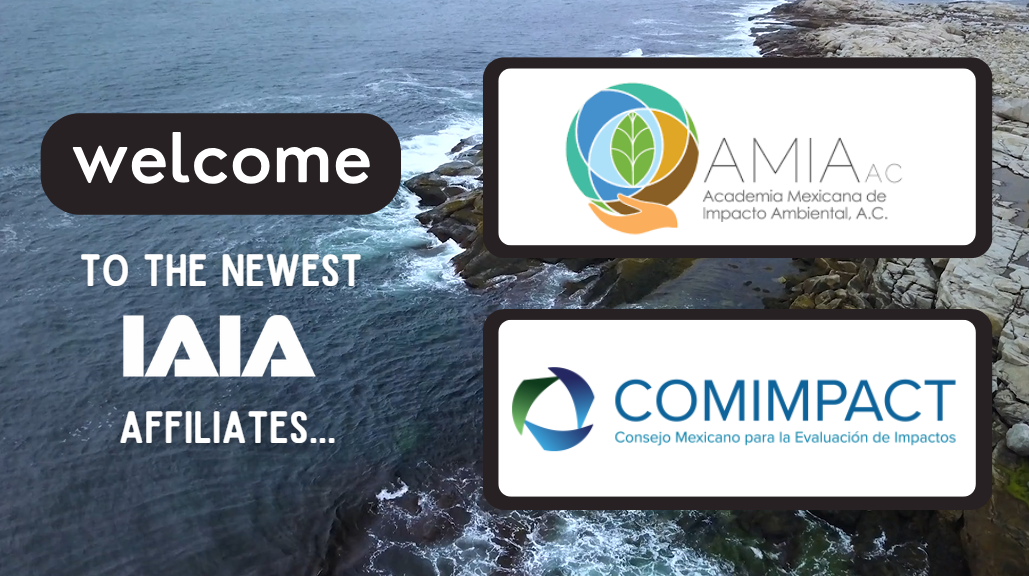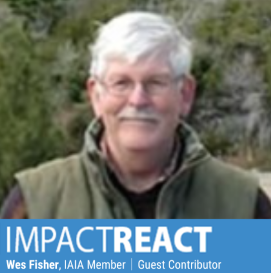Why IA Matters for the Future of Cities

World Cities Day is a moment to reflect on how urban areas shape our shared future. Today, more than half of the global population lives in cities. By 2050, that figure will rise to nearly 70%. Cities are vibrant centers of opportunity—but also hotspots of climate risk, social inequity, and environmental stress.
The United Nations established World Cities Day to highlight the role of sustainable urbanization in driving global development. For IAIA, this day underscores the urgent need to use impact assessment (IA) as a framework to ensure cities grow in ways that are resilient, inclusive, and environmentally responsible.
Urban Sustainability and Climate Resilience
Cities face rising temperatures, flooding, and biodiversity loss. Impact assessment tools such as Strategic Environmental Assessment (SEA) and Cumulative Effects Assessment (CEA) help decision-makers plan for climate adaptation and long-term resilience.
Here are a few related resource highlights:
Virtual forum webinars from Climate Adaptation in Megacities: Insights from Hong Kong
Virtual forum webinars from 2050 City Megagrowth (Parts 1 & 2) on urbanization and SEA/CEA
- 🔍 Try these search terms in the Resource Library: climate change, urban, resilience, cumulative effects
Infrastructure and the Energy Transition
From housing and roads to public transit, utilities, and energy systems, urban infrastructure defines how cities function. Poorly planned growth can entrench environmental degradation and inequity for decades, while the shift to renewable energy is reshaping land use and demanding new infrastructure. Impact assessment tools like SEA help guide these developments, ensuring cities expand sustainably, cut carbon footprints, and strengthen resilience without leaving communities behind.
Here are a few related resource highlights:
500+ pages of practical advice, case studies, and sector-specific guidance in Improving Decision-Making for the Energy Transition: Guidance for Using SEA
Try these search terms in the Resource Library: infrastructure, megacities, SEA, renewable
Health and Well-being in Cities
Urban environments directly shape human health: air quality, heat islands, access to green space, and mobility all influence outcomes. Health Impact Assessment (HIA) and integrated IA frameworks can help create cities that support physical, mental, and social well-being.
Here are a few related resource highlights:
- FasTips, webinars, Best Practice Principles, and more on Health Impact Assessment
- IAPA articles on public health and well-being
- Urban heat and impacts on communities presentations from Climate Adaptation in Megacities: Insights from Hong Kong virtual forum.
- 🔍 Try these search terms in the Resource Library: psycho-social, health, SIA
Equity and Inclusion in Cities
Rapid urban growth often deepens inequality, particularly in informal settlements and marginalized communities. Impact assessment emphasizes social inclusion, human rights, and meaningful public participation—ensuring that cities work for everyone. This includes respecting the rights and perspectives of Indigenous peoples, whose voices are vital in urban development decisions.
Here are a few related resource highlights:
FasTips on Human Rights in IA and Indigenous Peoples and Traditional Knowledge
IAPA articles on resettlement and social impact assessment
Best Practice Principles for Public Participation and Public Participation in IA Follow-up
Try these search terms in the Resource Library: Indigenous, human rights, SIA
Shaping the Cities of Tomorrow
The future of cities is the future of humanity. On World Cities Day, IAIA emphasizes that impact assessment is not just a technical tool—it is a pathway to sustainable, inclusive, and climate-resilient urban development.
🔗 Explore these and many more resources in IAIA’s Resource Library.





